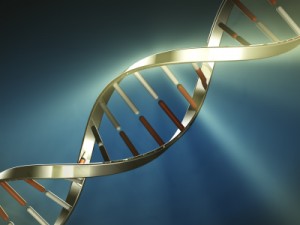I once told someone that in addition to learning about their ancient origins (such as Y-DNA and mtDNA haplogroups), many genetic genealogists would ideally like to match every portion of their DNA with the contributing ancestor. Although this might seem to be beyond the reach of current genetic ancestry testing, it has actually already begun. The family compare function of 23andMe, for example, is already being used by genetic genealogists for just this purpose; people who have matching DNA segments can compare ancestry and attempt to identify the ancestor who might have contributed the DNA.
For obvious reasons, medical geneticists have for many years been using genealogy to trace founder mutations in populations. For example, in 2008 scientists traced a colon cancer gene in the United States to a Mr. and Mrs. George Fry who arrived in the New World around 1630 (see A Single Colon Cancer Gene Traced to 1630).
 Five bioethicists have published a paper in today’s issue of Science –
Five bioethicists have published a paper in today’s issue of Science –